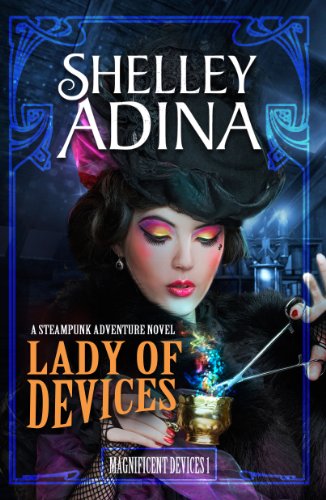Does art belong to the reader, the author—or the bookseller?
From Rachel Held Evans’s blog this week:
“Christian bookstores have developed a reputation for producing a highly sanitized customer experience, purging from their shelves any language, content, or theology that doesn’t meet their uber-conservative standards. Walk into your local LifeWay and you will find plenty of Precious Moments statues, specialty Bibles, Veggie Tale movies, and Thomas Kinkade prints…but little trace of art or literature that intrigues, agitates, and inspires—as true art should! The Christian bookstore experience is, in a word, safe. But safe is not how Christians are called to live, and safe is not what artists who are Christians are called to create. In fact, based on LifeWay’s own standards, the Bible itself—which includes profanity, violence, and sex—should be banned from the shelves.
“What most people don’t realize, however, is that the problem of sanitized Christian bookstores extends far beyond the inventory on the shelves to create an entire Christian subculture that is so sanitized and safe it often fails to produce art that is relevant to our culture or our lives.”
Read the rest here.
I have to say, when I read this I was a little shocked. Talk about biting the hand that feeds you! But at the same time, I had to acknowledge the truth of it, because I’ve experienced this directly. I’ve had an editor tell me, “You’d better take that out of the manuscript. It’s not going to fly in the CBA.” In my teen books, I’ve had “That sucks” changed to “That stinks.” Ever heard a teenager say “That stinks”? Me either.
Worst of all was just recently, when a bookseller refused to stock The Wounded Heart because “one of our readers says it’s not Christian.” After I got done goggling at her like a goldfish, I stammered, “I think my Christian publisher would disagree.” But that didn’t hold any weight. Apparently this reader didn’t like the fact that the Amish church district wouldn’t fund the radical MS treatment for my heroine, Amelia.
Want to know the funny part? Those paragraphs came straight from the horse’s mouth. I contacted an Old Order Amish woman who works in the health industry in Lancaster County, and she told me that the church would not fund anything that smacked of quackery. Only traditional treatments could be funded with members’ contributions—treatments that were tried and true. And that’s what went into the story.
So the part this reader was calling un-Christian came directly from the Amish—and Amish books are probably paying the lion’s share of that CBA bookseller’s rent these days. Go figure.





Great post! I think that today’s Christianity bears little resemblance to the religion that was conceived 2,000+ years ago. It espouses a lot of things that the actual Christ figure would be appalled at. I’m not a religious person at all, and I can clearly see that Christianity today has veered greatly from the original. Playing it safe is one of the ways in which it’s diverged.
Great post. I read the link and think Rachel is right. Whew.
I also think this is a great post! So sad that one misinformed reader can affect the bookseller that much. It makes me sad for the bookseller. And for the rest of us, because there are many misinformed people out there, and who knows what damage they can do.
It always astonishes me that religion doesn’t seem to always embrace loving kindness, but instead can veer off into control–or worse.
It was surprising, but also refreshing. I also like what Rachelle Gardner said about broadening what it means to be Christian. If some Christians aren’t careful, they’re going to be confused with the Pharisees.
…Too caught up in the rules, and missing the higher calling to love God and love our neighbors.